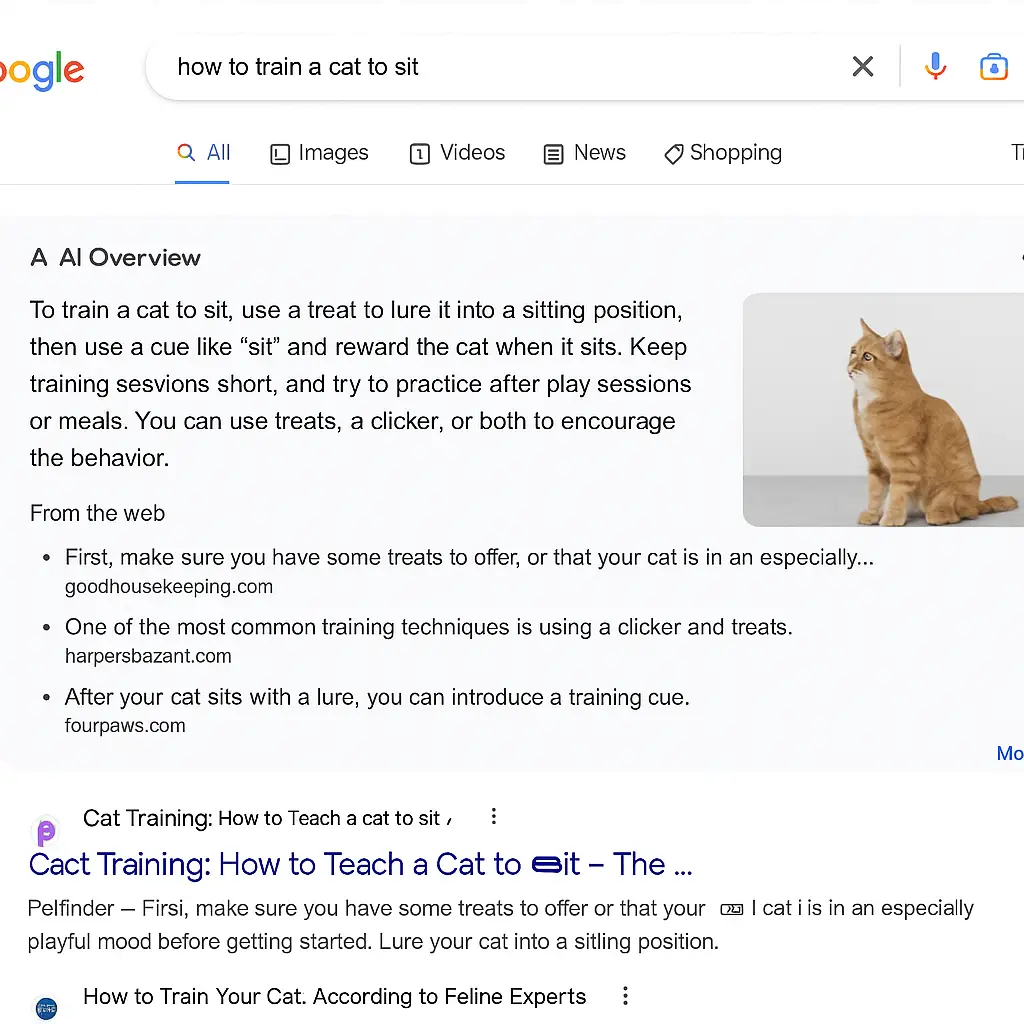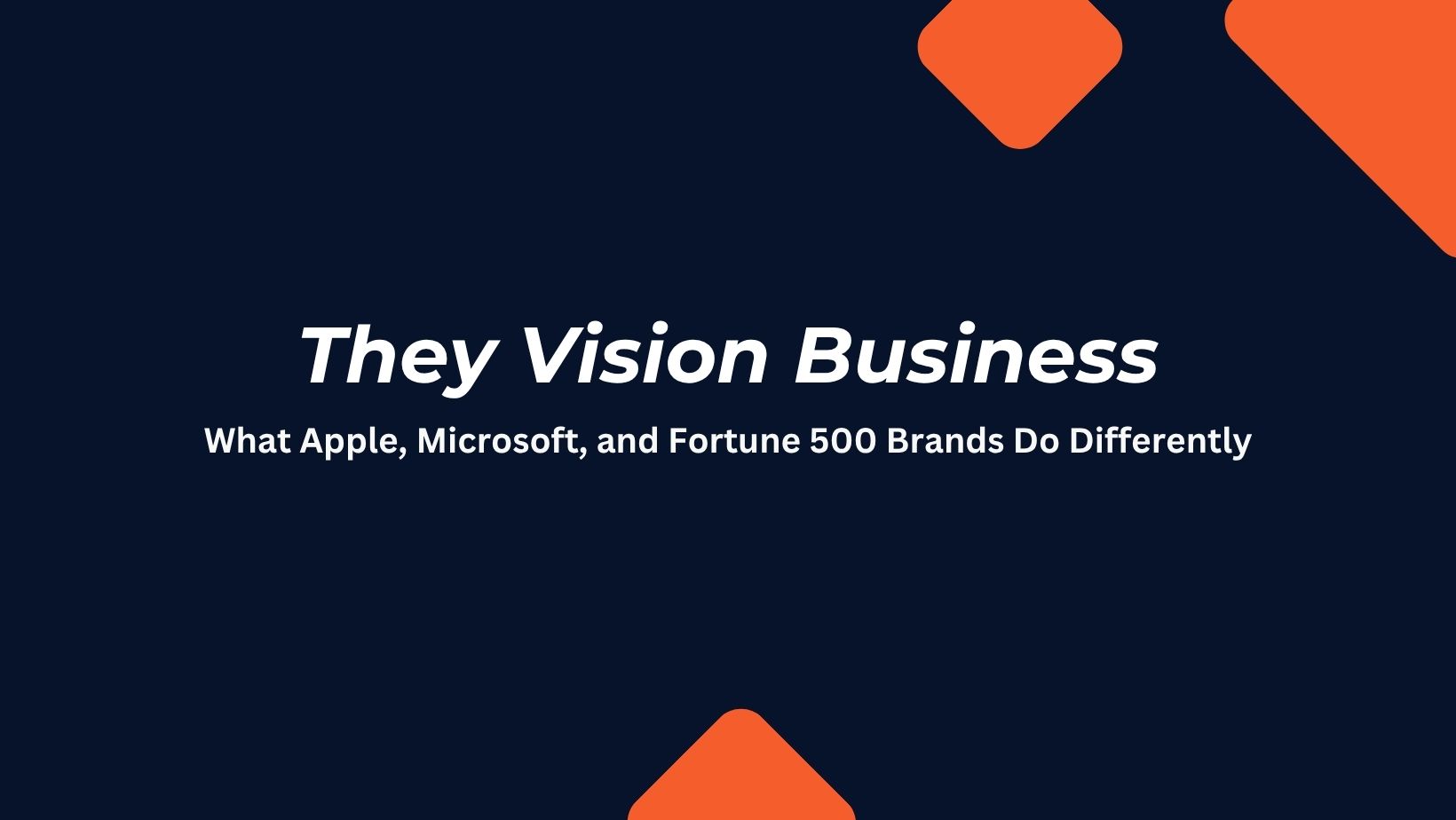As Google continues to evolve its search experience, AI Overviews—powered by generative AI—are redefining how users consume information and how websites gain visibility. For SEO professionals and digital marketers, understanding AI Overviews isn’t just beneficial—it’s essential.
AI Overviews are Google’s latest integration of generative AI into search results, designed to give users quick, synthesized answers pulled from multiple sources across the web. These enhanced summaries appear prominently at the top of SERPs and often provide users with a comprehensive answer without the need to click.
For webmasters, AI Overviews present both opportunity and challenge: the chance to gain premium visibility—or the risk of being bypassed entirely.
What Are AI Overviews?
AI Overviews are auto-generated summaries powered by Google’s generative AI. Unlike traditional featured snippets that quote a single source, AI Overviews compile insights from various credible sources and present a unified, conversational answer.
Example:
A user searching “best way to reduce sugar intake” may see an AI Overview that synthesizes advice from several health blogs and medical websites, highlighting tips and linking to original content when appropriate.
Key Differences from Traditional Snippets:
-
AI-generated vs. source-extracted
-
Multiple references vs. single citation
-
Conversational tone vs. direct quotation
Why AI Overviews Matter for SEO
Impact on Click-Through Rates (CTRs)
AI Overviews can dominate screen space, pushing traditional organic results further down. This affects CTRs—positively or negatively—depending on whether your site is cited.
Influence on Search Behavior
With more answers served instantly, users may click less but expect higher-quality content when they do. This shifts the focus from ranking to referencing.
Enhanced Visibility
Websites featured in AI Overviews gain authoritative exposure, even if they’re not ranked #1. For emerging sites, this can be a shortcut to credibility.
How Google Selects Content for AI Overviews
Google’s AI draws from:
-
High-quality, publicly available web content
-
Structured data from schema markup
-
Authoritative domains with topical relevance
The E-E-A-T Framework
Experience, Expertise, Authoritativeness, and Trustworthiness guide Google’s content evaluation. Content that clearly demonstrates these qualities is more likely to be included in AI-generated answers.
Inclusion Signals
-
Clear topical focus
-
Up-to-date information
-
Credible sources (linked citations)
-
Positive user signals (e.g., time on page, low bounce rate)
How to Optimize Your Content to Get Listed
-
Use Clear, Fact-Based Language
AI prefers concise, accurate information. Avoid fluff. -
Establish Topical Authority
Cover your niche thoroughly with interconnected content. -
Implement Structured Data
Use Schema.org markup for FAQs, How-Tos, Products, etc. -
Ensure Mobile-Friendliness and Speed
Core Web Vitals affect all aspects of search inclusion. -
Build Authoritative Backlinks
High-quality backlinks still signal authority to Google’s AI.
Technical SEO Tips for Visibility in AI Overviews
-
Crawlability & Indexability: Ensure pages aren’t blocked by robots.txt and are well-linked internally.
-
Logical Content Structure: Use H1-H3 headers, bullet points, and summaries to improve clarity.
-
FAQ & How-To Content: These are frequently cited in AI responses.
-
Use Search Console & Schema Tools: Regularly audit with Google Search Console and schema validators.
Examples of Sites Getting Featured
Case studies show that AI Overviews often favor:
-
Health, finance, and tech websites with structured, research-backed content.
-
Publishers using clean HTML, clear content hierarchy, and proper schema.
-
Sites with consistent tone, expert authorship, and frequent updates.
Observation:
AI prefers content that answers a query directly in the first 1–2 paragraphs with supportive structure and outbound credibility links.
Risks & Challenges
-
Reduced Organic Traffic: Users may get answers without clicking.
-
Attribution Gaps: AI may not always visibly credit sources.
-
Constant Algorithm Updates: AI Overview systems are still evolving, making predictability difficult.
To stay ahead, websites must focus on consistent quality, performance, and relevance.
Final Tips and Ongoing Monitoring
-
Update Content Frequently: Reflect new developments and keep information accurate.
-
Monitor Search Console Insights: Check impressions and click changes related to AI Overview queries.
-
Leverage SEO Tools: Use platforms like SEMrush, Ahrefs, and Clearscope for competitive insights and content gap analysis.
AI Overviews are reshaping search visibility. Rather than fear the change, SEO professionals should embrace it—treating it as a new SERP frontier where relevance, authority, and clarity reign supreme.






